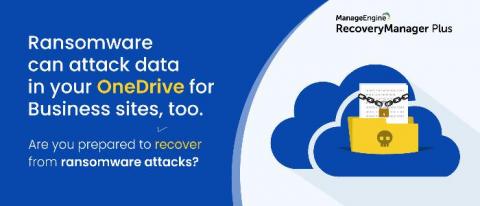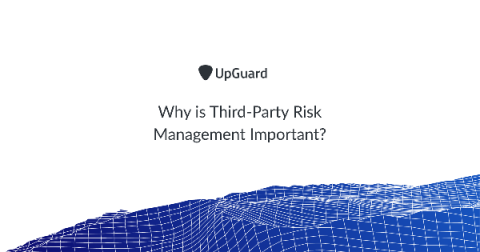User Identity Mapping In a Hybrid Environment, Part 1
A Guide to User and Resource Access In any system, the access or denial of resources is determined by the identity of the entity that attempts to use the resource. Therefore, identity mapping plays a very crucial role in ensuring that access to resources is as broad as it needs to be, but is limited only to those who are authorized to have access and protecting resources from unauthorized access.











